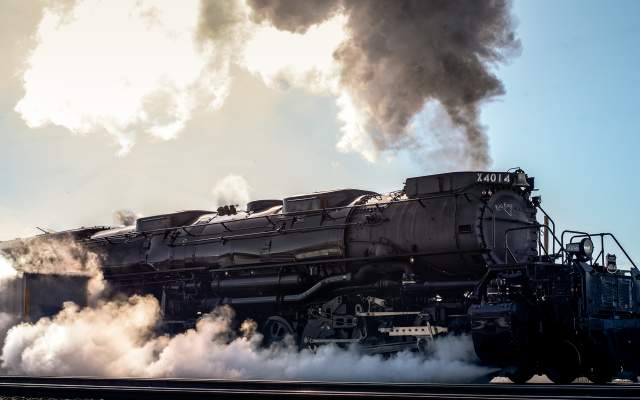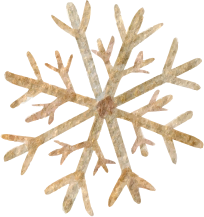About Cheyenne
In his 1876 book, J. H. Triggs documented early Cheyenne: “Other towns of the West have been built and populated with marvelous rapidity, but it has remained with Cheyenne to spring, full-fledged, into existence, as it were, in a single night.”
Cheyenne is in the southeast corner of the state, in Laramie County. Its name is most commonly attributed to the Native Americans in the area whose name was given them by the Sioux. It was originally pronounced "Shay-an-nah" and is thought to mean "people of a different tongue.”
Cheyenne offers a unique blend of rich history, vibrant culture, and stunning natural beauty, making it an enticing destination. As the capital and largest city of Wyoming, Cheyenne is renowned for its deep-rooted western heritage, proudly showcased through events like the legendary Cheyenne Frontier Days, a world-famous rodeo and western celebration held annually since 1897.
Visitors to Cheyenne can immerse themselves in the city's history by exploring its charming downtown area, adorned with beautifully preserved Victorian-era buildings and landmarks such as the historic Cheyenne Depot Museum. Here, you can delve into the city's past, from its beginnings as a frontier town to its role in the expansion of the American West.You can also enjoy creative local breweries, distilleries and restaurants.
Nature enthusiasts will find plenty to marvel at in Cheyenne's surrounding landscapes, with opportunities for outdoor adventures in nearby destinations like Curt Gowdy State Park and Medicine Bow National Forest. These areas offer hiking, fishing, camping, and wildlife viewing against a backdrop of rugged mountains and rolling plains.
Cheyenne also boasts a thriving arts and cultural scene, with murals, bronzes, galleries, theaters, and festivals celebrating local talent and creativity. From western art exhibits to live performances, there's something to captivate every interest.
Whether you're drawn to its history, natural wonders, or cultural offerings, Cheyenne invites you to experience the heart and soul of the American West in a way that's both authentic and unforgettable.
















